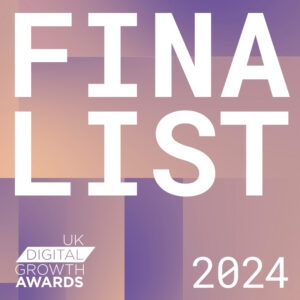SoBold is pleased to announce that they have renewed their contract with Transport for London to manage and support a bespoke Cookie Consent Management Tool for use across TfL’s portfolio of websites which includes 30 domains.
SoBold recently became only the 3rd Platinum Certified Cookiebot Partner in the UK having been an authorised Reseller of Cookiebot since the new General Data Protection Regulation (GDPR) came into place on 24 May 2018.
Transport for London’s desire to extend its relationship with SoBold for a further year, highlights the importance of the work SoBold are doing to manage its bespoke Cookie Consent Management solution across its portfolio of website which have missions of visitors per month. The contract renewal cements SoBold’s position as one of the leading Cookiebot resellers.
For more information on SoBold’s work to date with Transport for London, see their case study.
It is great to see Transport for London renew its cookie management contract with SoBold for a fifth successive year. Over the last year we have continued to evolve their bespoke solution adding in full IAB TCF support as well updating the design to reflect TFL‘s updated guidelines. We’re looking forward to continuing to support TfL over the next 12 months.






